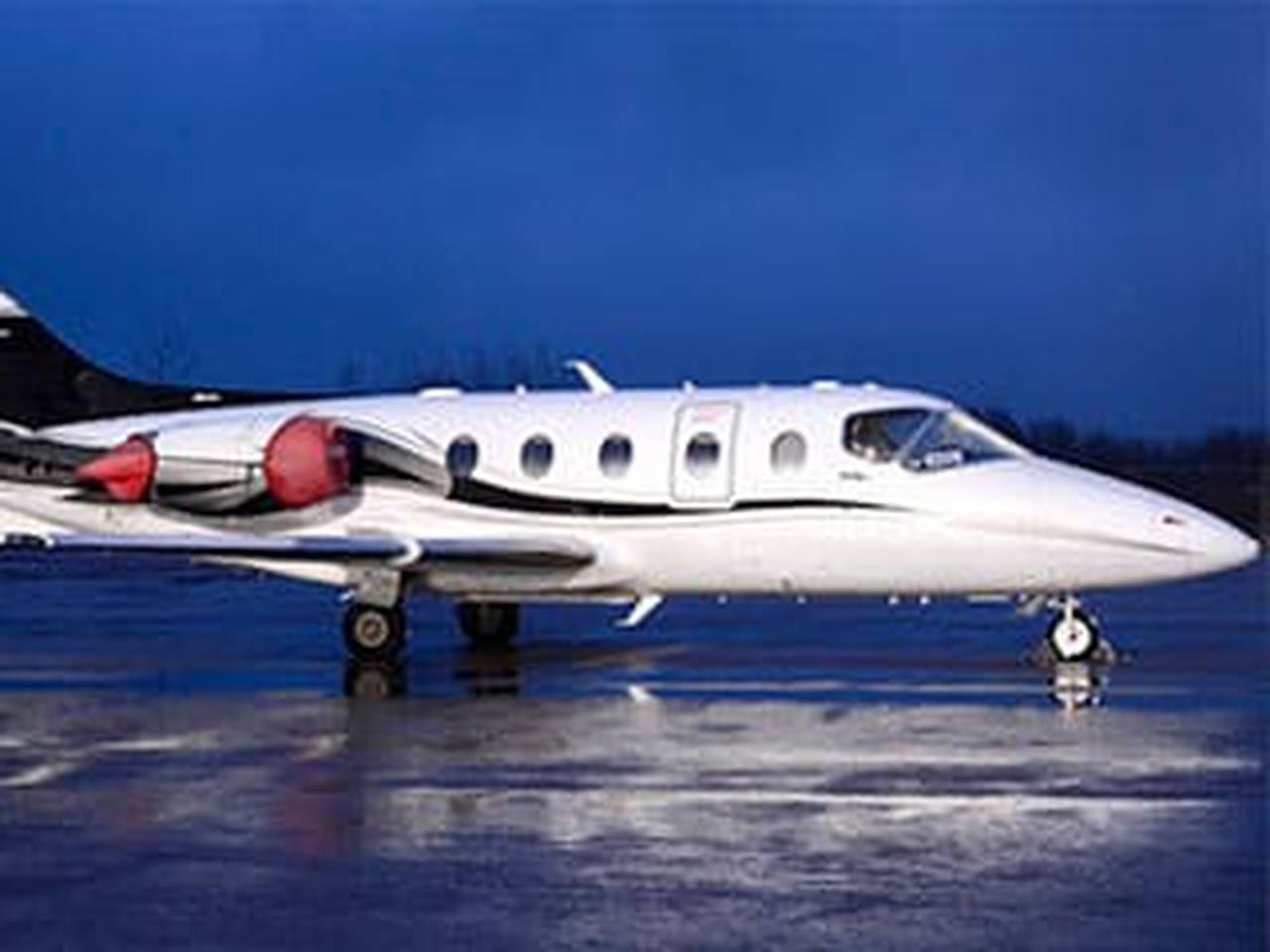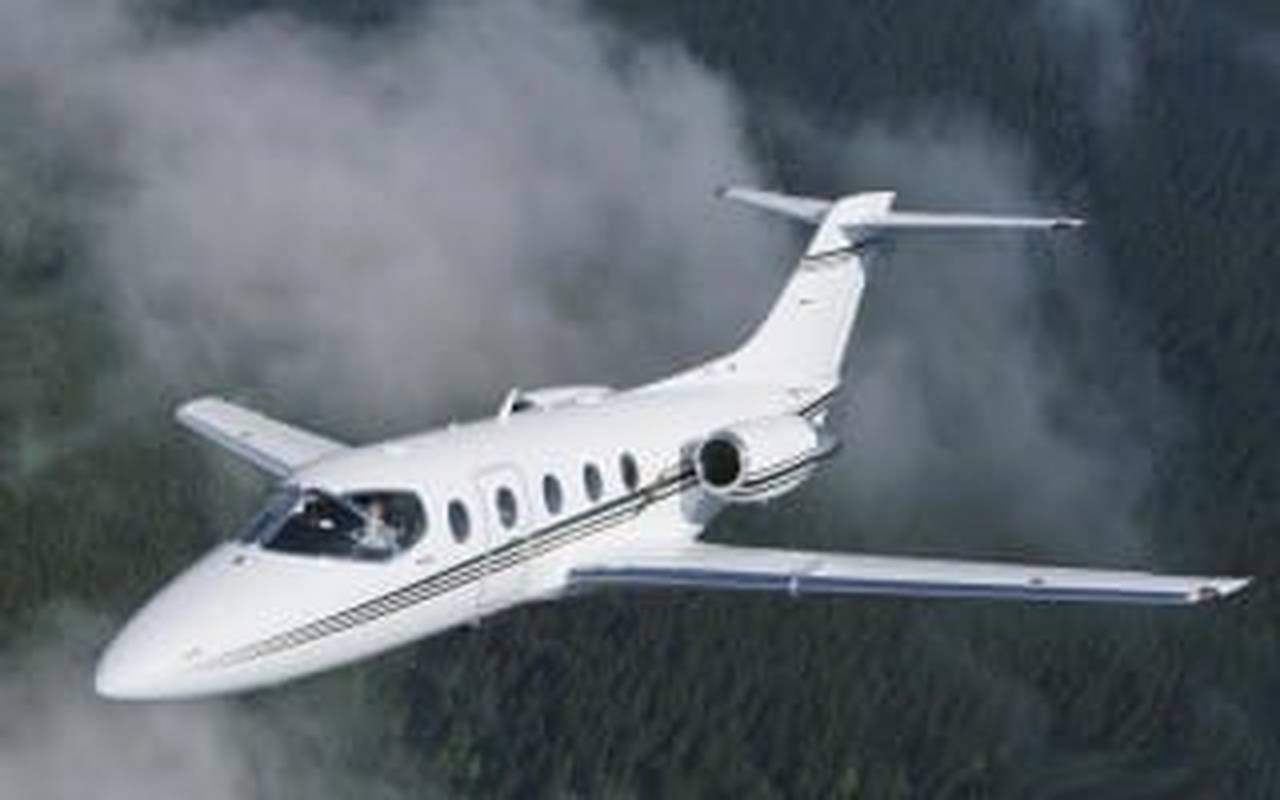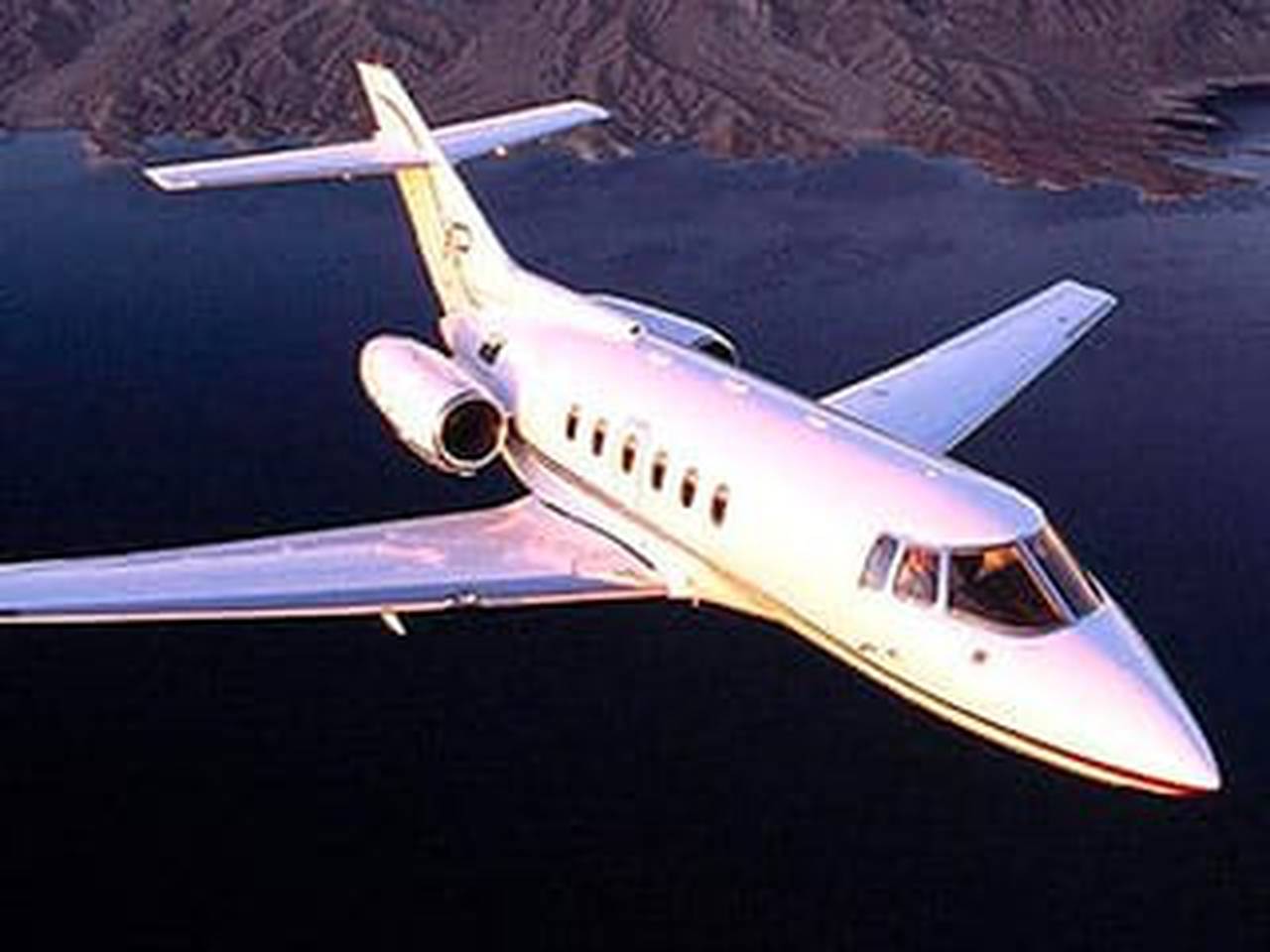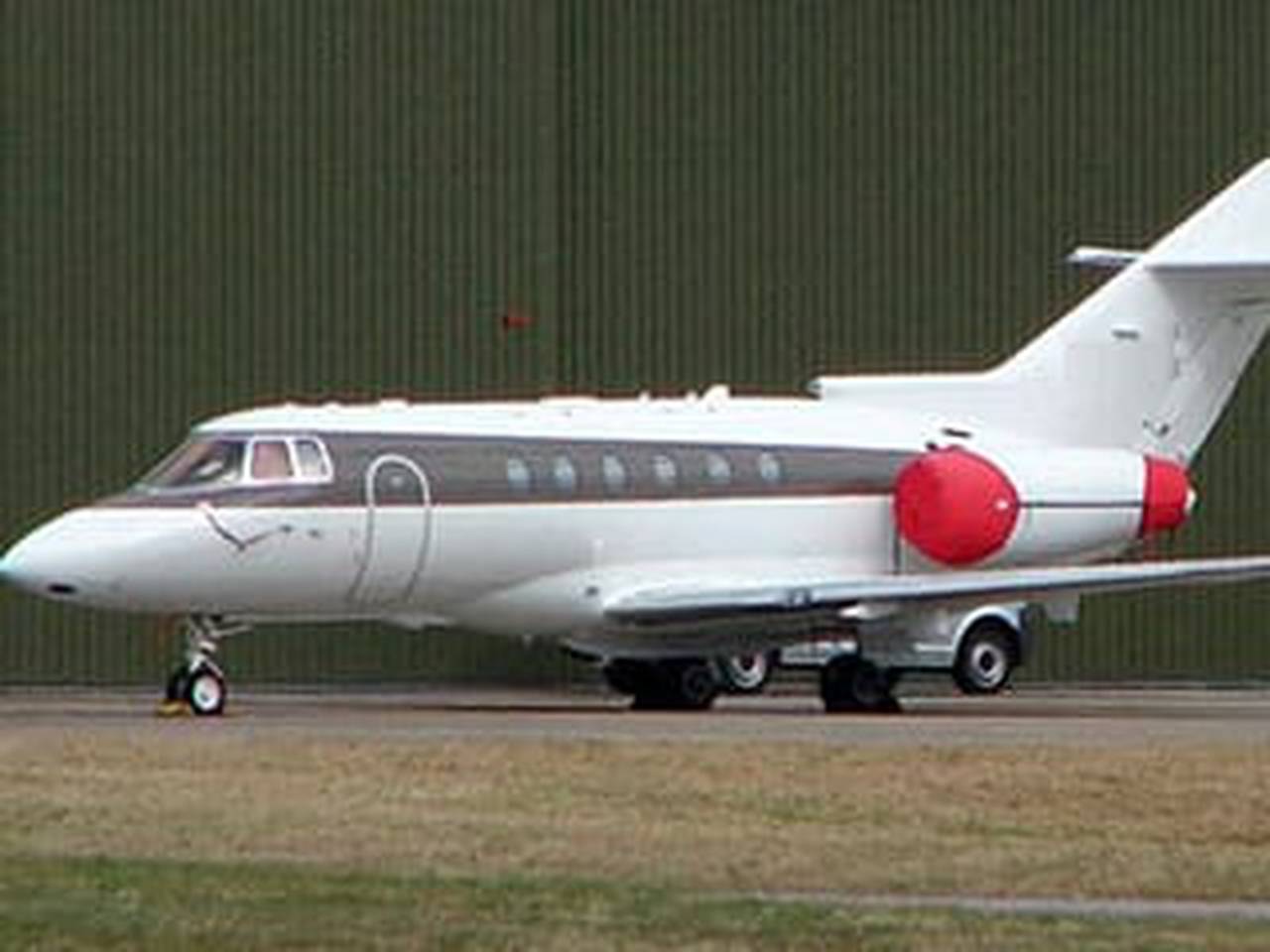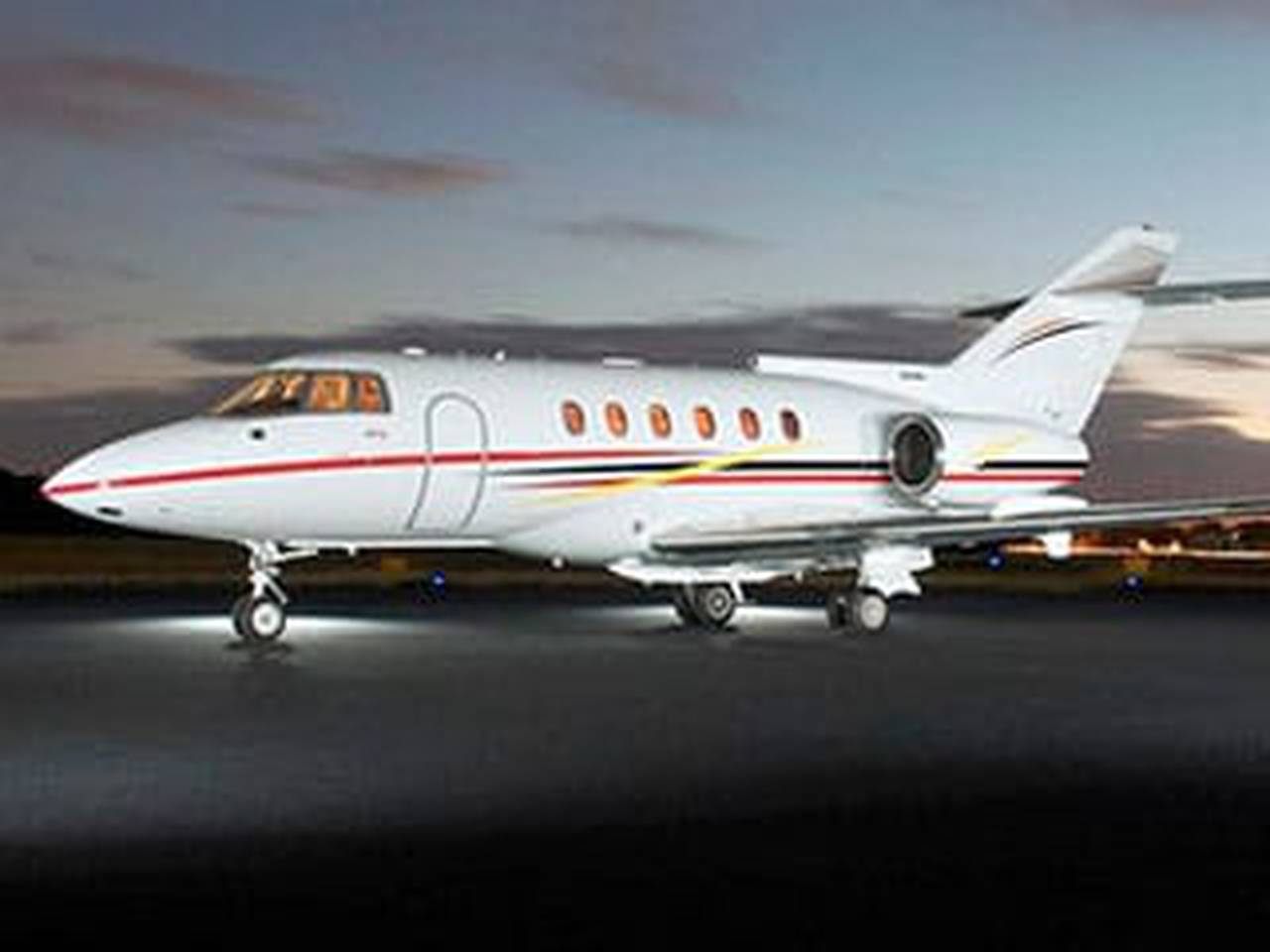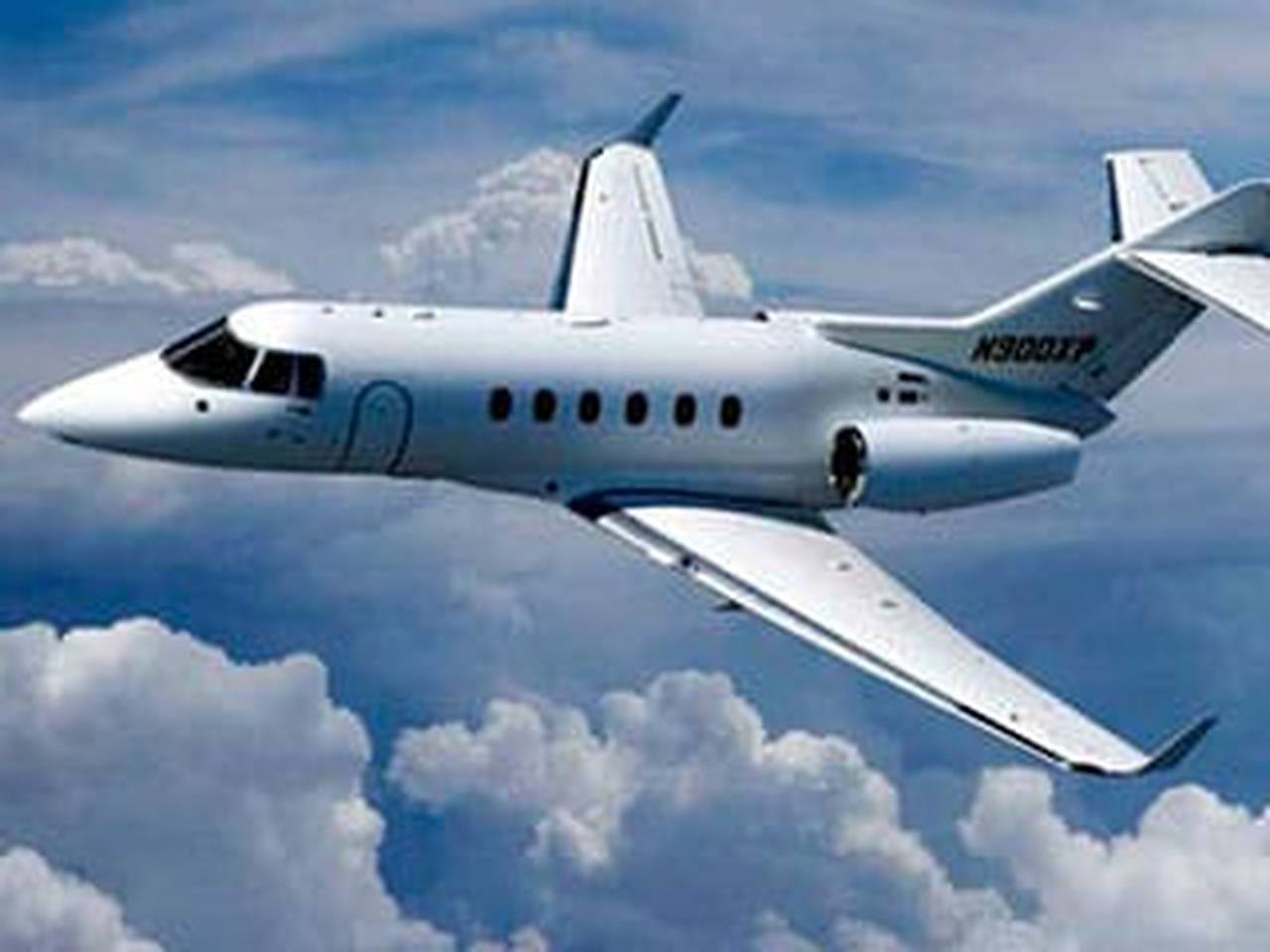Каталог самолетов бизнес-авиации Hawker Beechcraft
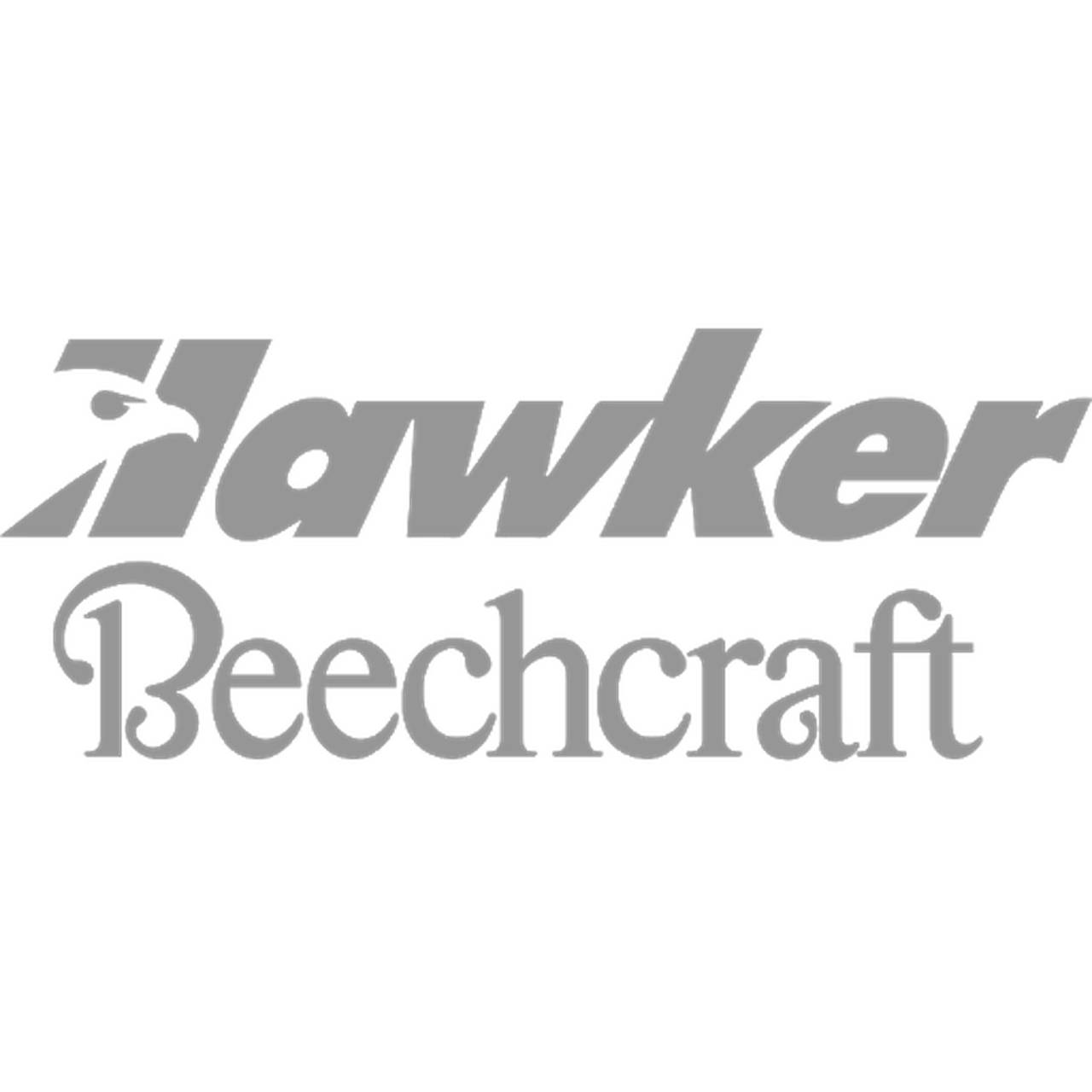
Hawker Beechcraft Corporation (HBC) была американской аэрокосмической производственной компанией, которая в период с 2006 по 2013 год строила бизнес-джеты Beechcraft и Hawker. История Hawker Beechcraft началась в 1994 году, когда компания Raytheon объединила свои подразделения Beech Aircraft Corporation и Raytheon Corporate Jets. В 2006 году Raytheon продала компанию консорциуму Goldman Sachs и Onex Corporation. Эта сделка оставила компанию с тяжелым бременем долга, который она изо всех сил пыталась поддерживать после экономического кризиса 2008 года. В апреле 2012 года компания не выполнила свои обязательства по выплате процентов и нарушила банковские ковенанты; это вызвало широко распространенные слухи о банкротстве. 3 мая 2012 года компания объявила о банкротстве, подав добровольные ходатайства в соответствии с главой 11 в суд США по делам о банкротстве. В результате банкротства компания приняла предложение о покупке Superior Aviation Beijing. К 18 октября 2012 г. переговоры о продаже провалились, и компания решила прекратить производство самолетов и 19 февраля 2013 г. самостоятельно вышла из банкротства под новым названием Beechcraft Corporation.







